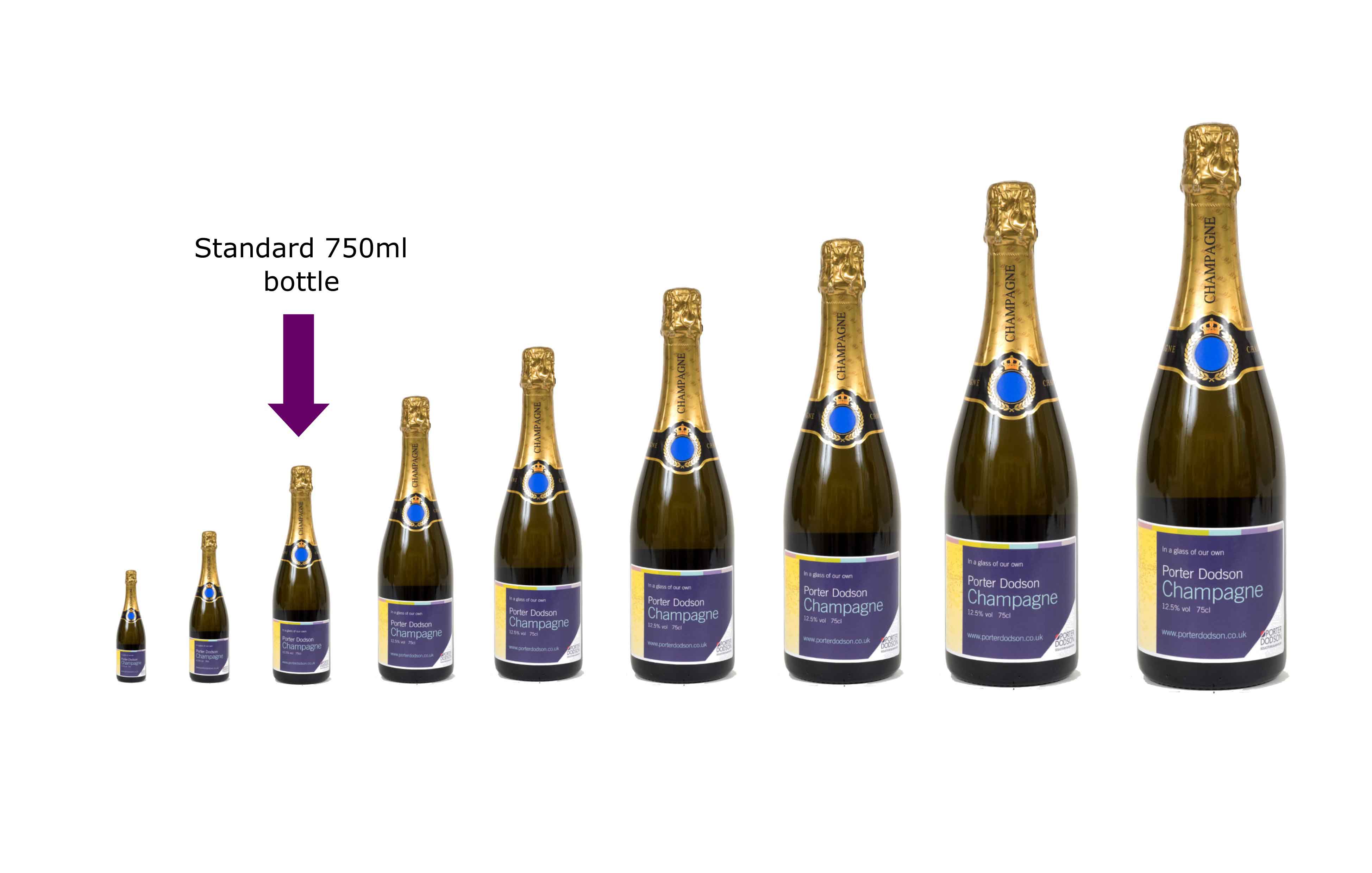What is Vintage / Non-Vintage Champagne?
Non-vintage Champagne (NV)
In order to create well-balanced Champagne, producers will use specific grape varieties and blend wines from varying years and harvests. This ensures that the flavour and quality of the Champagne is maintained from previous harvests. Non-Vintage (NV) Champagne is more affordable than its vintage counterpart, but is still remarkable, accounting for nearly as much as 90% of all Champagnes produced. Producers reserve a portion of their harvest each year to use in future blends.
Once a non-vintage Champagne has been blended, legally it must mature in the bottle for a minimum period of 15 months before it can be sold to the public. As Champagne’s age they develop more intense notes which are pleasing to the palate.



